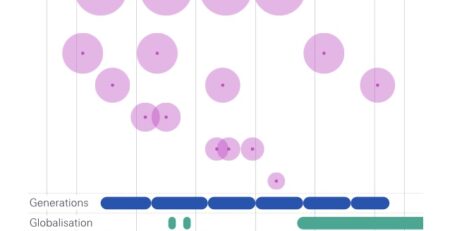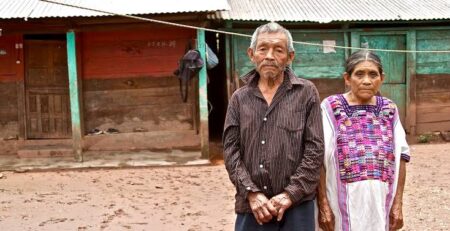Income Adequacy Among Canadian Seniors: Helping Singles Most
By Philip Bazel (University of Calgary – The School of Public Policy) & Jack Mintz (University of Calgary – The School of Public Policy; CESifo (Center for Economic Studies and Ifo Institute))
Canadians have heard a great deal of discussion in the national media about expanding the Canada Pension Plan (CPP), driven by concerns that many will retire without having made proper arrangements to adequately replace their incomes with pensions and savings. But the proposed remedies have been targeted at the retirement-income shortfalls potentially faced by relatively comfortable middle-class and well-off retirees. A far more pressing concern is the disproportionate vulnerability of one particular group: Single retirees living alone.
The estimated poverty rate among seniors in Canada is among the lowest in the industrialized world according to the OECD. But elderly singles living alone face significantly higher rates of income inadequacy than their peers. Elderly singles are overwhelmingly female, and they are twice as likely to be below Statistics Canada’s Low Income Cut-Off threshold than the general population, and four times as likely to be below the threshold as the elderly population as a whole.
But the CPP policy ideas currently being batted around are unlikely to offer much help to this especially vulnerable group. Because females comprise roughly 70 per cent of elderly singles, and because of historically lower labour-force participation rates among females, a substantial portion of single elderly are entitled to few or no CPP benefits of their own (let alone other pensions), beyond the considerably reduced survivor CPP benefits collected by those who have been widowed. Survivor benefits, however, would not be available to the growing number of senior divorcees. Meanwhile, women tend to have longer life expectancies than men do, typically stretching retirement resources beyond what would otherwise be required for males.
There are two relatively straightforward policy changes that could directly target benefits to help the single elderly living alone who are below the low income cut-off (LICO threshold). One is to modify the Guaranteed Income Supplement (GIS) top up strictly for elderly people living alone. Another would be to simply expand the CPP survivor benefit from 60 per cent of the deceased spouse’s entitlement to 100 per cent.
These policies are not without cost, of course. But the cost is not prohibitive. If the federal government were to allot $1.35 billion to these kinds of targeted policies, it could slash the number of single seniors living below the low income cut-off by half. With another $87 million, it could reduce the number by two-thirds. These amount, respectively, to just a 3.5 per cent and 5.8 per cent increase over current annual federal spending on elderly benefits. With Canadian policy-makers willing to spend resources and efforts on strengthening CPP benefits for relatively comfortable Canadians, it seems only appropriate that policies aimed at helping our most vulnerable seniors avoid poverty should come first.
Source: SSRN










